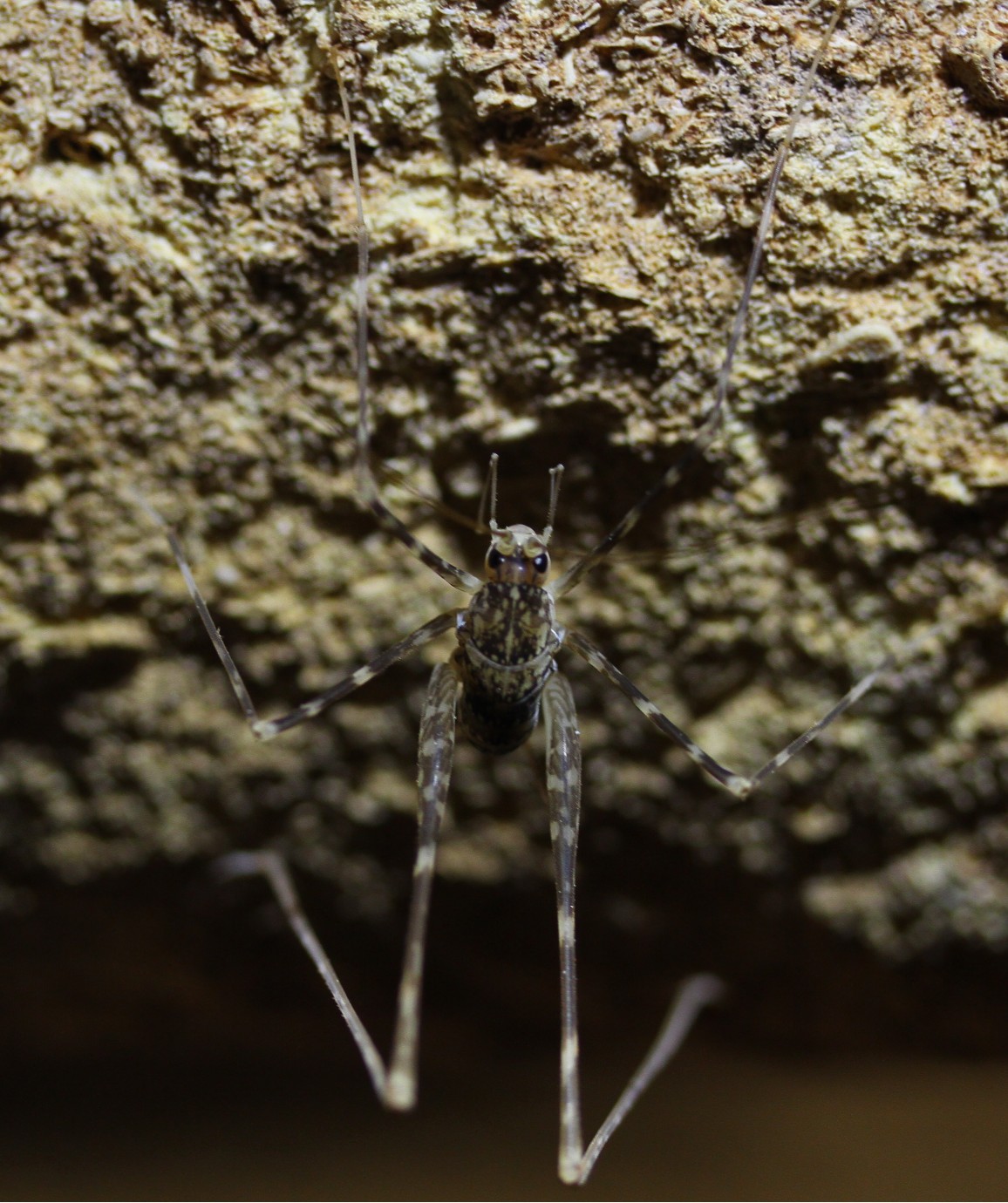The Great Artesian Basin (GAB) spans almost a quarter of Australia’s landmass and is one of the largest underground freshwater sources on Earth. Basin water is concealed from the outside world by a layer of impermeable rock, but at the margins of the GAB, this layer is thinnest and allows water to seep above ground to form springs. Thousands of such mini-oases are dotted throughout Central Australia and often support sprawling wetlands, which represent the only permanent source of water for thousands of kilometres in an otherwise parched landscape. Many springs have persisted for millions of years.
Rather than solely supporting migratory species as “islands” in desert environments, GAB springs also support ecosystems that are relics of a time when Australia’s deserts were mesic, rich with moisture and typified by dense scrubland and rainforest. In this way, GAB springs can be thought of as biological time capsules, particularly for aquatic fauna. As many of the fauna and flora in question have gone extinct outside of springs—referred to as endemic species—some only persist in single locations and are now at risk of decline due to their immensely small distributions. Unique species not found elsewhere on Earth include algae, fishes, and plants, as well as a wealth of invertebrate fauna such as beetles, crustaceans, worms, snails, mites, and spiders.

Phreatomerus latipes, an isopod that occurs exclusively in South Australian GAB springs. Previously thought to be a single species, DNA data has indicated that it may consist of multiple distinct species. As a result, the decline of groups that were once assumed to be populations could actually signify the extinction of entire taxa. Photo credit: Rachael King
Unfortunately, GAB springs and the unique ecosystems they support are threatened by the industrial, agricultural, and tourism sectors as well as climate change. To compound the problem, many species that are endemic to springs or are yet to be discovered, making their conservation extremely difficult. Some may even become extinct before we know they exist.
To protect a species, one of the first steps is to understand the threats it faces. In this project, a research group led by Dr Perry Beasley-Hall from the School of Biological Sciences and Environment Institute, and involving colleagues, Dr Nick Murphy (La Trobe), Dr Nicole White (Curtin), Rachael King (SA Museum), Brock Hedges (University of Adelaide), Prof. Steve Cooper (SA Museum, University of Adelaide), and the University of Adelaide’s Emeritus Prof. Andy Austin and Dr Michelle Guzik, conducted a comprehensive review of the threats to GAB springs and their potential impacts using South Australia as a case study. We also aimed to outline best-practice recommendations on how the fauna and flora in these precious environments could be characterised, emphasising the need to name and identify species for effective conservation into the future. Finally, we conducted a scoping exercise to establish which species occur within GAB springs, their degree of endemicity and conservation status, and precisely which locations they rely on to survive.
This study represents the first of its kind to robustly collate the biodiversity of South Australian GAB springs and is a fundamental piece of work for future research on the system. Upcoming work in our research group will involve the use of environmental DNA (eDNA), which is genetic material left behind by organisms in an environment, to begin to understand GAB spring biodiversity at a fine scale without the need to physically take animals or plants from their habitat. We also plan to explore the relationship between environmental attributes of springs, such as the size of wetlands and the rate of water flow, and biodiversity. Using these data in combination with eDNA, we ultimately hope to develop an index of spring condition that can be used by a range of stakeholders to assess the level of biodiversity in different wetlands.
Lead image: View of vegetation in a South Australian GAB spring, dominated by bore-drain sedge (Cyperus laevigatus). Photo credit: Rachael King.
Further Reading:
- Beasley-Hall, P G, Murphy, N P, King, R A, White, N E, Hedges, B A, Cooper, S J B, Austin, A D, Guzik, M T (2023). Time capsules of biodiversity: future research directions for groundwater-dependent ecosystems of the Great Artesian Basin. Frontiers in Environmental Science 10: 1021987.
- Lost ark of animals awaits discovery in Australia’s arid zone. Cosmos Weekly, February 2023




